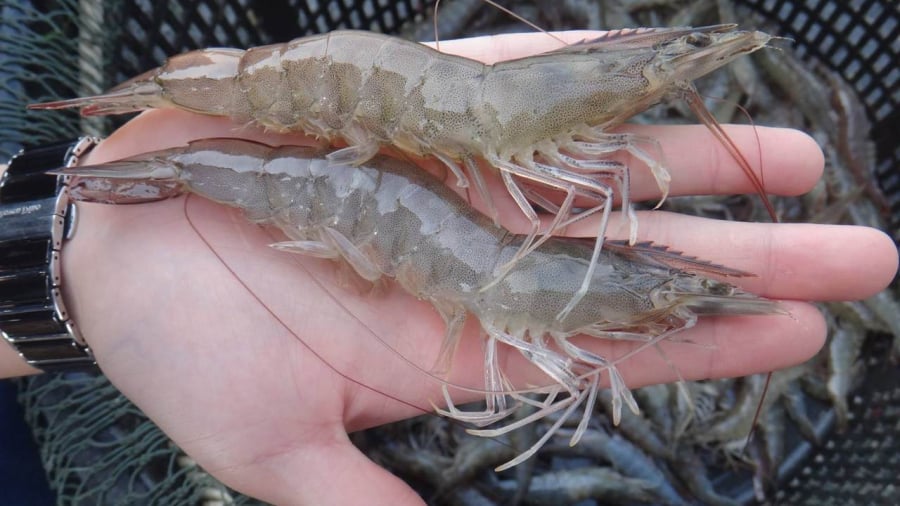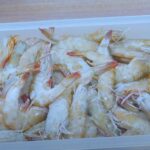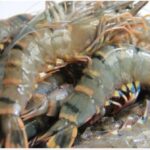Shrimp is an incredibly nutritious food, packed with protein and calcium, which are essential for the well-being of your family. With shrimp as your main ingredient, you can create a myriad of delicious dishes that cater to both adults and children.
When shopping for shrimp, everyone wants to buy the freshest and most delicious ones. Even experienced cooks may not know how to distinguish between wild and farmed shrimp.
**How to differentiate between wild and farmed shrimp**
Farmed shrimp usually has a higher yield and is easier to harvest, hence its more affordable price compared to wild-caught shrimp. However, there are some dishonest sellers who might try to pass off farmed shrimp as wild-caught to sell them at a higher price.
To avoid being misled, you can learn how to differentiate between the two types of shrimp.
According to a shrimp seller on social media, farmed shrimp have a darker color, while wild shrimp have lighter-colored shells. Regardless of the type, wild shrimp will never have as dark a color as farmed shrimp.

According to a seafood seller, farmed shrimp have darker shells, while wild shrimp have lighter shells.
In reality, the supply of wild shrimp is not abundant, so you may not always be able to purchase this type. It’s normal to buy farmed shrimp, which may not have the same firm texture and sweet taste as wild shrimp. Just make sure you choose fresh and high-quality shrimp.
**Some tips for choosing fresh shrimp**
Regardless of the type of shrimp you’re buying, keep the following points in mind:
– It’s best to buy lively shrimp that swim and jump vigorously. Look for shrimp with hard shells, bright colors, intact legs and claws; shiny shells, and transparent flesh. The head and legs should be firmly attached to the body, and the meat should be tightly adhered to the shell.
– Avoid shrimp with cloudy eyes, flesh turning whitish or slightly pinkish. These are signs that the shrimp is old and spoilt, losing its freshness and flavor.

When buying shrimp, choose those with transparent shells, bright colors, and firmly attached heads.
– Steer clear of shrimp that are abnormally stiff, rigid, and have unusually large bodies. If the head and body are not attached securely, and the tail is spread out and drooping, it may indicate the presence of injected chemicals.
– Press the shrimp’s shell with your finger and move it from front to back and vice versa. If you feel a gritty texture or the shrimp is slimy, don’t buy it as it’s no longer fresh.
– Avoid shrimp with black legs.
– Different types of shrimp have distinct characteristics. For example, shrimp he usually has white flesh. Iron shrimp are smaller than other types of shrimp, and their shells are so hard they crackle when bitten. Lobster is the largest variety, with bright green claws and shiny shells.
The Ultimate Guide to Cooking Shrimp: A Secret Ingredient for a Mouth-watering Dish
“Boil shrimp with pandan leaves for a vibrant red hue and a sweet, succulent taste. It’s a simple trick to elevate your shrimp dishes and impress your guests. The leaves add a subtle fragrance and depth of flavor that will leave a lasting impression. So, give it a go and take your shrimp game to the next level!”
The Ultimate Guide to Crispy Fried Shrimp: A Tasty Treat
With this crispy fried shrimp recipe, you’ll create a dish that’s not only delicious but also memorably addictive. The shrimp are coated in a light, crispy batter that fries up golden and crunchy, while the shrimp themselves remain juicy and tender. It’s a perfect balance of textures and flavors that will leave your taste buds craving more.






































